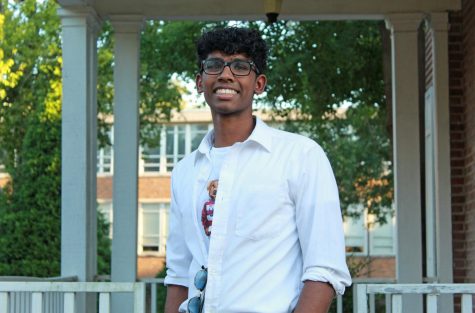Kotikalapudi: Medical Marijuana–a joint effort
Skalle-Per Hedenhös / CC BY-SA
The legalization of medical marijuana in the US has been advocated for years, and is supported by many people.
May 7, 2020
The quick brown fox jumped over the lazy dog: normal mind.
Jhe puick bromn fox junps ower the lazy dog: dyslexic mind.
A dog jumps over something, dang idk, who cares: a stoner mind.
Harmful stereotypes like this used to plague marijuana users. They were portrayed to be lazy, scatter-brained and just unmotivated hippies in general. This may be true for a small amount of people, but the positives of the plant outweigh the negatives. Growing normalization of marijuana has resulted in the discovery of many medical uses that requires us to think about the future uses of this schedule 1 drug.
The main active cannabinoids in marijuana are tetrahydrocannabinol (THC) and Cannabidiol (CBD). THC interacts with endocannabinoid receptors in the nervous system creating senses of euphoria and relaxation. While these main effects are the reason marijuana is stigmatized so much and comparable to other harder drugs, different cannabinoids—like CBD—in the endocannabinoid system are connected with therapeutic uses like improvements in mood, appetite stimulation and muscle relaxation. These effects are just the tip of the iceberg when it comes to the medical uses of marijuana. There are over 113 different cannabinoids, all with different properties and connection points in the body that have the potential to heal other ailments more healthily. There has already been an early success in the use of CBD focused marijuana when it comes to the field of chronic pain.
Before the popularization of medical marijuana, the main prescription for people with chronic pains were opioids. Often, this gets people hooked on to street drugs like heroin after their prescription is finished. In the 34 states that have legalized medical marijuana, it was found that there was over a 64 percent reduction in opioid use and an overall improved quality of life for chronic illness patients. Almost 120 Americans die a day from opioid overdoses according to the CDC, and even if all of the old stereotypes and studies about marijuana were true, I would much rather my grandparents light up once a day than fall into the loop that so many others do.
The funny thing is that most Americans agree with me, with nearly two-thirds of Americans supporting federal legalization of marijuana. In addition, it is a pretty bipartisan issue with 78 percent of Democrats and 55 percent of Republicans questioned agreeing with legalization. The budding (no pun intended) scientific research is there, but still, the aging senators in Congress stop at nothing to maintain the status quo. The main problem starts with majority leader Mitch McConnell. As the majority leader, he has been able to moderate which pieces of legislation make it to the Senate floor, and cannabis reform has been one of the last things he has kept on his radar. In addition to this, there is a financial incentive for the government to maintain the status quo with cannabis businesses not being able to deduct most business expenses from their taxes due to marijuana’s schedule 1 status (Section 280E in U.S. tax code). These two points combine together to make full federal legalization of any cannabis products very unlikely in this current senate climate.
The only way I see full legalization happening is if people fight for the removal of marijuana as a schedule 1 drug. This classification has slowed research into the 113 potentially helpful cannabinoids present in marijuana and given it the stigma that it has had for decades. There is a whole new realm of medical innovations we just have to not be lazy.









